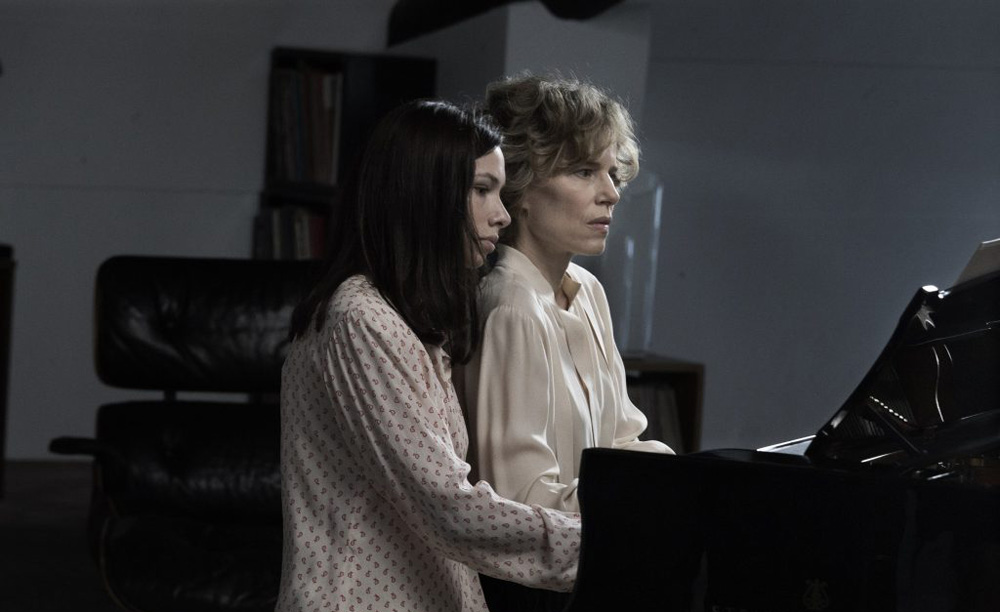The happiest moment for Maria (Valentina Bellé) quickly turns into the saddest in “The Life Apart,” after giving birth to Rebecca, who seems as if she’s destined for a difficult road ahead when bearing a birthmark that covers up a significant part of the right side of her face. It isn’t the greatest tragedy, but one that Marco Tulio Giordana and co-writers Marco Bellochio and Gloria Malatesta use to expose the smaller ones that have the ability to overtake one’s life in this heartrending adaptation of Mariapia Veladiano’s novel of the same name, spanning the last two decades of the 20th century.
The director of “The Best of Youth” has always had a great feel for the passage of time and he brings elegance to the tale of the Macolo family that struggles to find grace when Rebecca’s birth becomes the start of a slow descent into madness for Maria, leaving her husband Osvaldo (Paolo Pierobon) and sister-in-law Erminia (Sonia Bergmasco) largely to raise the child when she retreats to her bedroom in depression and resists going outside for just about any reason. The family is wealthy enough to support such a cloistered existence, thanks to Osvaldo’s medical practice and Erminia’s renown as a concert pianist, but it threatens to crumble within when Maria and Erminia clash over the right way forward for Rebecca (played at various ages by four actresses, most notably Sara Ciocca and Beatrice Barison in her formative prepubescent and teenage years), who Maria would prefer stay inside like herself, and resentment grows, adding to tension that’s always existed in the marriage when Osvaldo and Laura seem closer than he and Maria ever could be.
However, as “The Life Apart” wears on, Giordana becomes less interested in the drama inside a single family when a richer story can be found in parallel with another after Rebecca is allowed to attend school and is seated next to Lucilla, bound to become a lifelong friend after immediately taking a red marker out to draw a birthmark on her face to match the one on Rebecca’s. Although not everyone is so kind about Rebecca’s condition as she matriculates, particularly when she takes after her aunt and becomes a piano prodigy with jealous peers eager to find ways to irritate her, the connection between Rebecca and Lucilla opens up a world of possibilities not only for the characters, but for the filmmakers as well when their radically different backgrounds bring up questions of how fate and circumstance brought them to where they are.
While Rebecca has essentially lost a mother, even when she still resides down the hall, Lucilla’s strong-willed and supportive mother who runs a humble printing press to support the family has had to compensate for an absent father who is only spoken of in the worst terms, and Giordana shows how much the young women have the power to shape their own destiny versus how much of it has been predetermined for them by forces out of their own control, throwing the possibility of some divine intervention into the mix when both the film itself, opening with a dream of Maria’s, and later Rebecca’s perspective, haunted by a story imparted to her by Erminia, are framed by myth. The flights of fancy hint at how “The Life Apart” can slightly get carried away at times in terms of its dramatic flourishes, with a hypercharged turn from Bellé as the bereaved Maria and an inclination to put exclamation marks on certain plot points, but from the first frame on, you know you’re in the hands of a master filmmaker when it appears so effortless to bring such heavy dramatic material to the screen. In a film where the whims of life can be cruel, the ability to have such a strong handle on it becomes beautiful to witness both off screen and increasingly on it.
“The Life Apart” does not yet have U.S. distribution.




